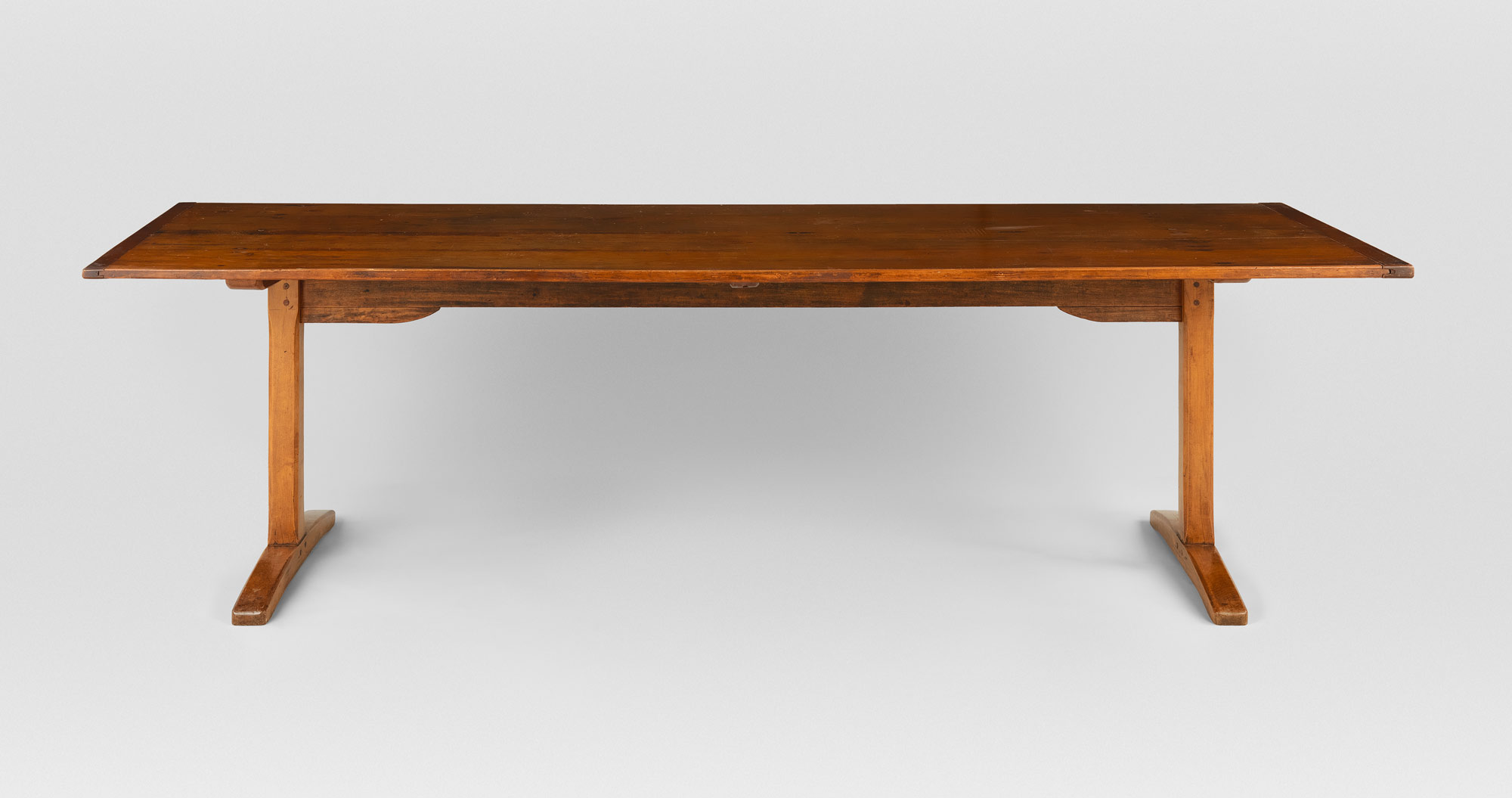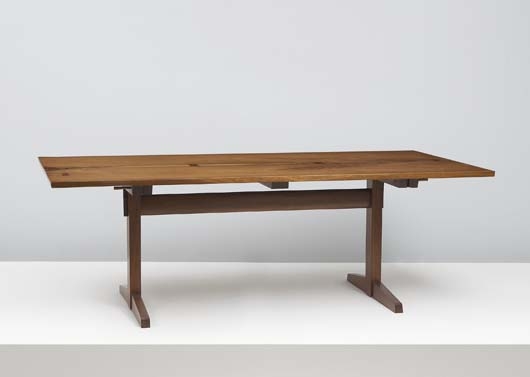I wasn't comparing yours to Don's as there are just a point or two that I was trying to illustrate and I am not trying to put you down. I am pretty stingy on the words a time as it does come across as be a little blunt. there is an old saying about how the human body connects on it's way down. there will be some hear who may remember how it goes. I will see if I cam find it so that I can quote it properly. it relates to flow of parts and how they connect to make a whole. Don's piece has that. Don't tell him that I said that though
. I study forms and over the years I do see that a lot of table tops really do not connect with the legs. they are mostly trying to be different and most times different doesn't make it right
"simple is hard; elaborate is easy" C.F.A. Voysey, English arts and craft movement
ron





 Reply With Quote
Reply With Quote





